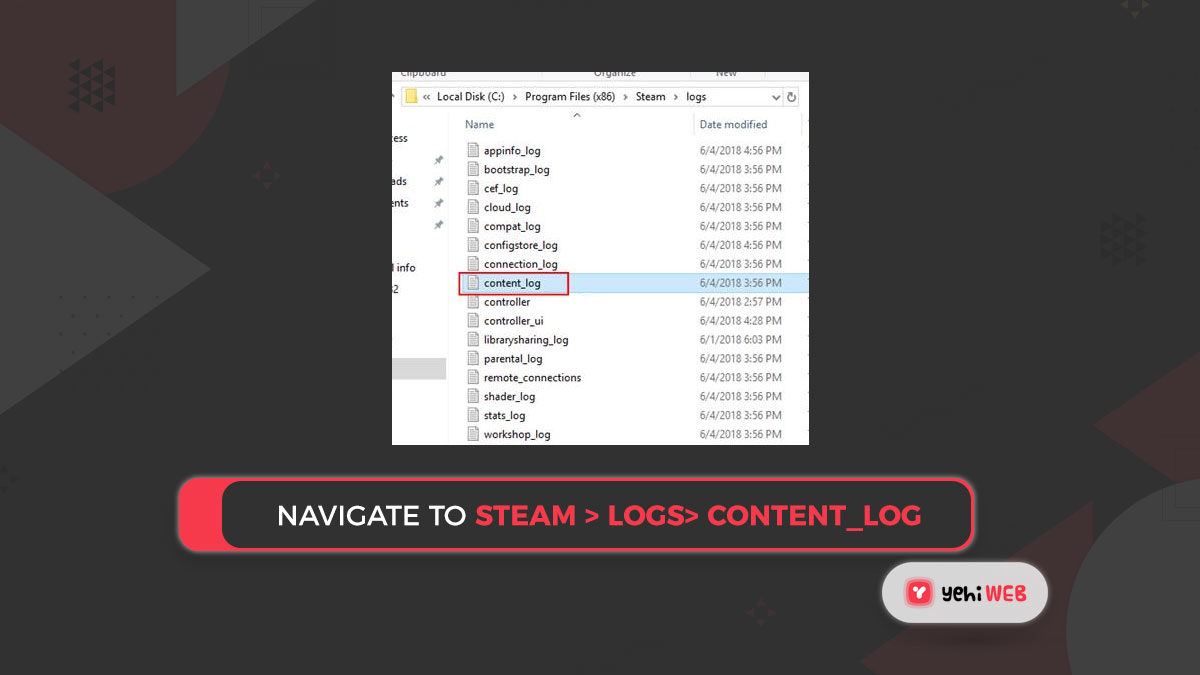Logs. They’re everywhere. Servers make them, apps write them, and we read them—sometimes. But what happens when we need just a small piece of log data? That’s where PowerShell comes into play. With a few shortcuts and smart techniques like Substring and Regex, you can become a log data ninja. 🥷
In this article, we’ll show you how to slice and dice log files using PowerShell in a fun and simple way. Whether you’re just curious or debugging the next mystery server crash, we’ve got you covered.
Why Log Files Matter
Say your app stopped working. You check the logs. Boom, 5,000 lines of chaos. That’s where text parsing becomes your superhero move. You don’t need the whole haystack—just the needle.

So how do you pull out exactly what you need? Let’s begin with the basics.
Using Substring
Substring is like saying: “Give me the characters from position X to Y.”
Let’s say we have this log line:
"[2024-05-21 14:32:09] ERROR: Application failed to start."
And we only want the timestamp part. Here’s how you do it:
$logLine = "[2024-05-21 14:32:09] ERROR: Application failed to start." $timestamp = $logLine.Substring(1, 19) Write-Output $timestamp
This gives:
2024-05-21 14:32:09
Pretty cool, right? But it assumes the timestamp is always in the same spot. What if things get messy?
Enter Regex: The Pattern Detective
Regular Expressions (Regex) help you match patterns. That means even if the format shifts, Regex can still find what you need.
Let’s redo the previous example using Regex:
$regex = "\[(.*?)\]"
if ($logLine -match $regex) {
Write-Output $matches[1]
}
That says: “Hey, find the characters inside square brackets.” Much more flexible!
Extracting Error Types
Maybe you want to collect just ERROR or WARNING messages. Regex to the rescue again!
$logLine = "[2024-05-21 14:32:09] ERROR: Application failed to start."
if ($logLine -match "\] (\w+):") {
Write-Output $matches[1]
}
The output will be:
ERROR
Now you’ve got the power to build reports, alerts, or even just filter out the noise.
Looping Through an Entire Log File
Okay, this is where fun meets function. Let’s say you want all ERROR messages in a file:
Get-Content "C:\Logs\app.log" | ForEach-Object {
if ($_ -match "\[(.*?)\] ERROR: (.+)") {
"$($matches[1]) - $($matches[2])"
}
}
This script grabs both the timestamp and the error message. Boom! Just the good stuff.

When to Use Substring vs Regex
Here’s a quick cheat sheet:
- Use Substring when the text format never changes.
- Use Regex when you’re dealing with patterns or unpredictable formats.
Substring is faster. But Regex gives you superpowers.
Bonus Tip: Saving Your Results
Want to save those extracted errors? Just do this:
Get-Content "C:\Logs\app.log" | ForEach-Object {
if ($_ -match "\[(.*?)\] ERROR: (.+)") {
"$($matches[1]) - $($matches[2])"
}
} | Out-File "C:\Logs\errors.txt"
And just like that, your clean error report is ready to go!
Wrap-Up
Parsing logs doesn’t have to be scary or boring. With a little help from Substring and Regex, PowerShell turns a log mountain into a breadcrumb trail of insights.
So next time you’re debugging, don’t dig through logs manually. Let PowerShell do the heavy lifting. ✅

Happy scripting!
yehiweb
Related posts
New Articles
Game Developer Salary: Junior vs. Senior Levels
Ever wondered how much a game developer makes? Whether you’re just starting out or already dreaming in lines of code,…


